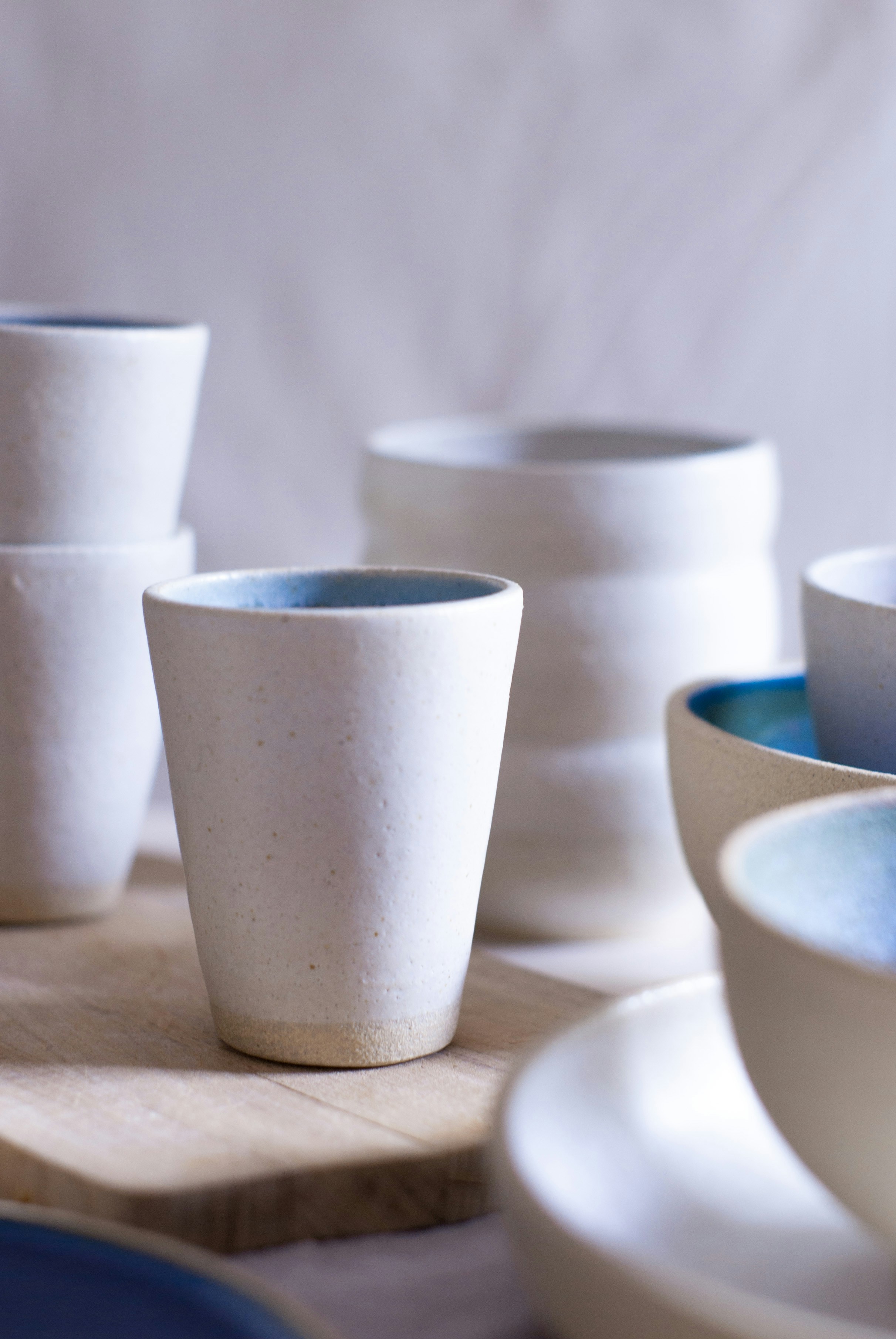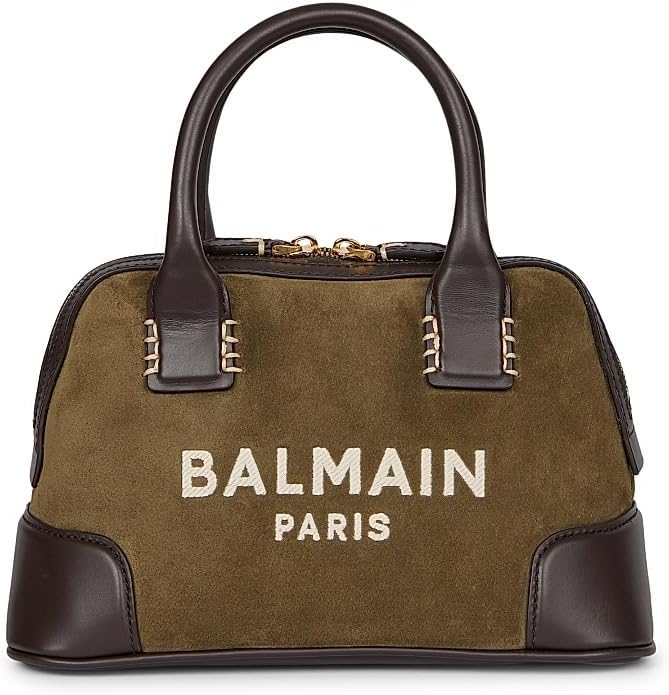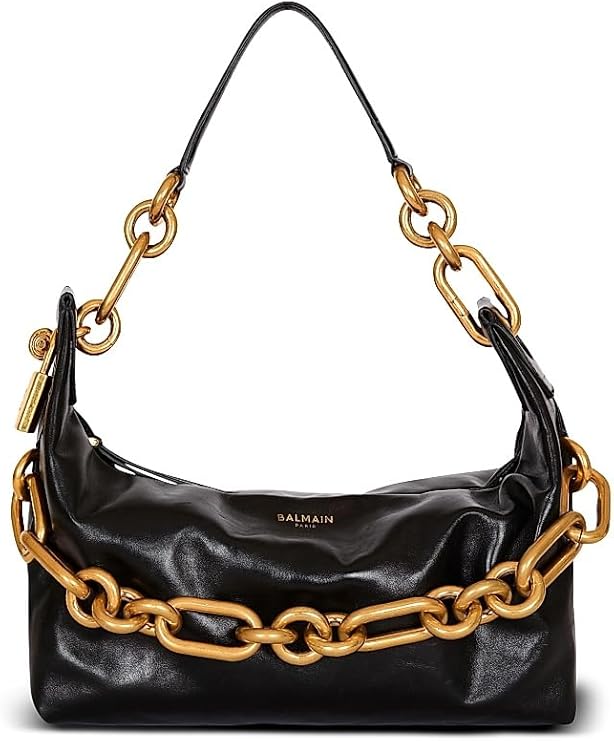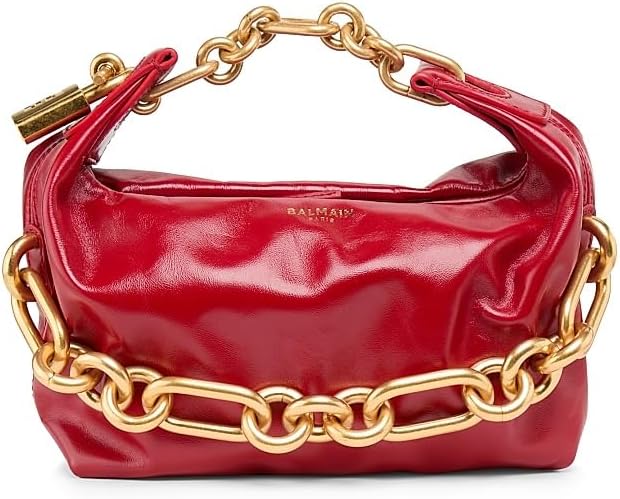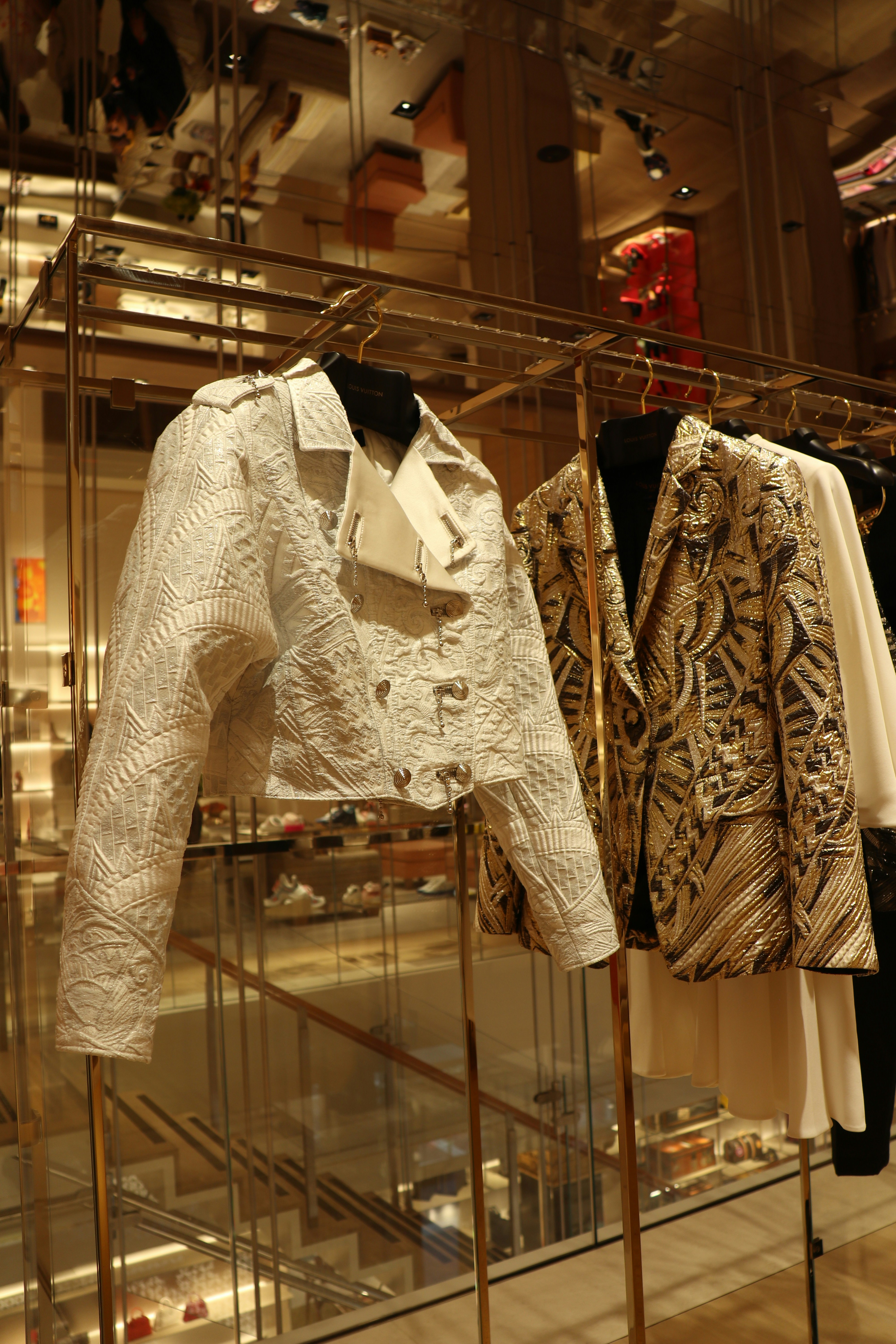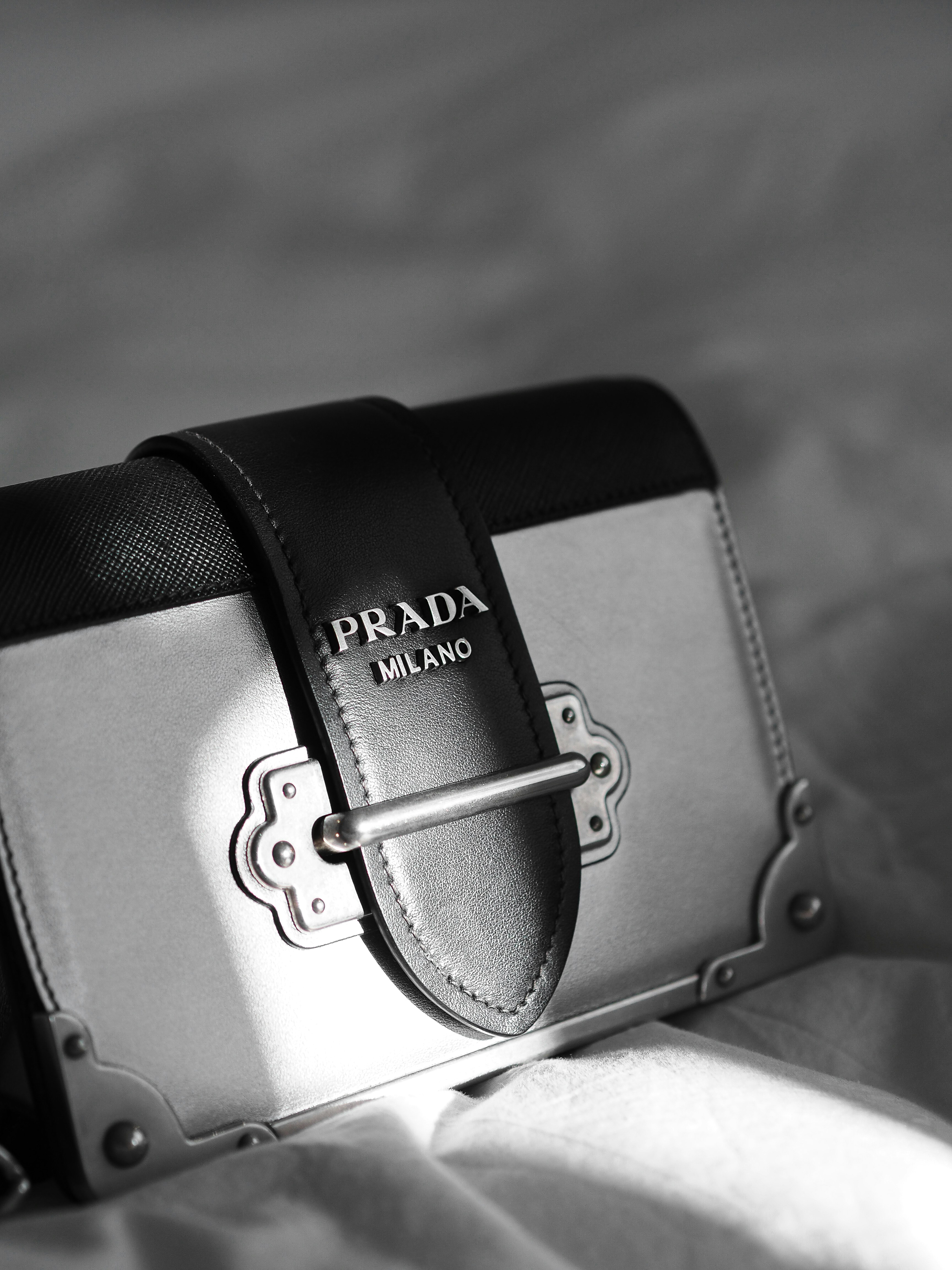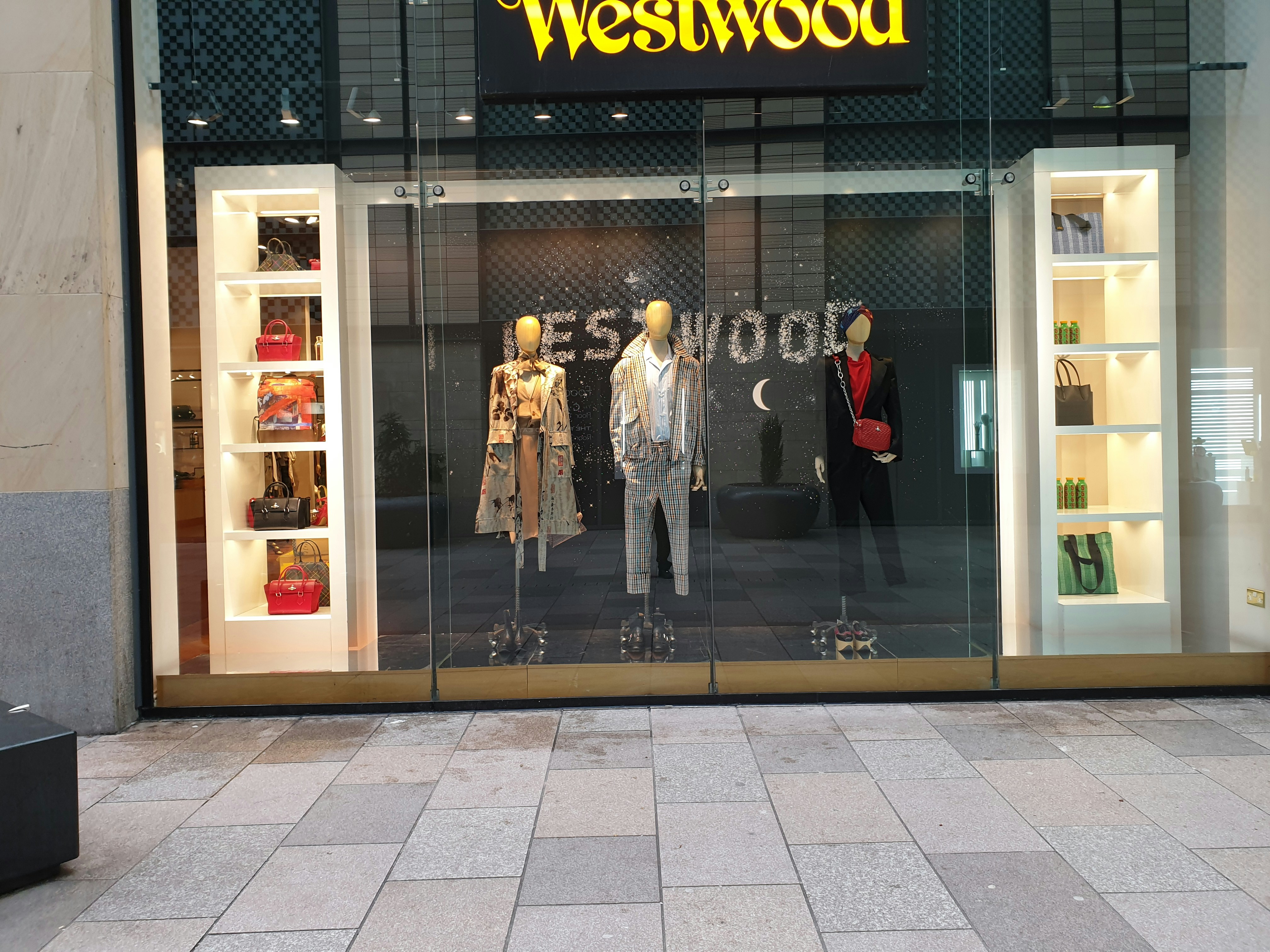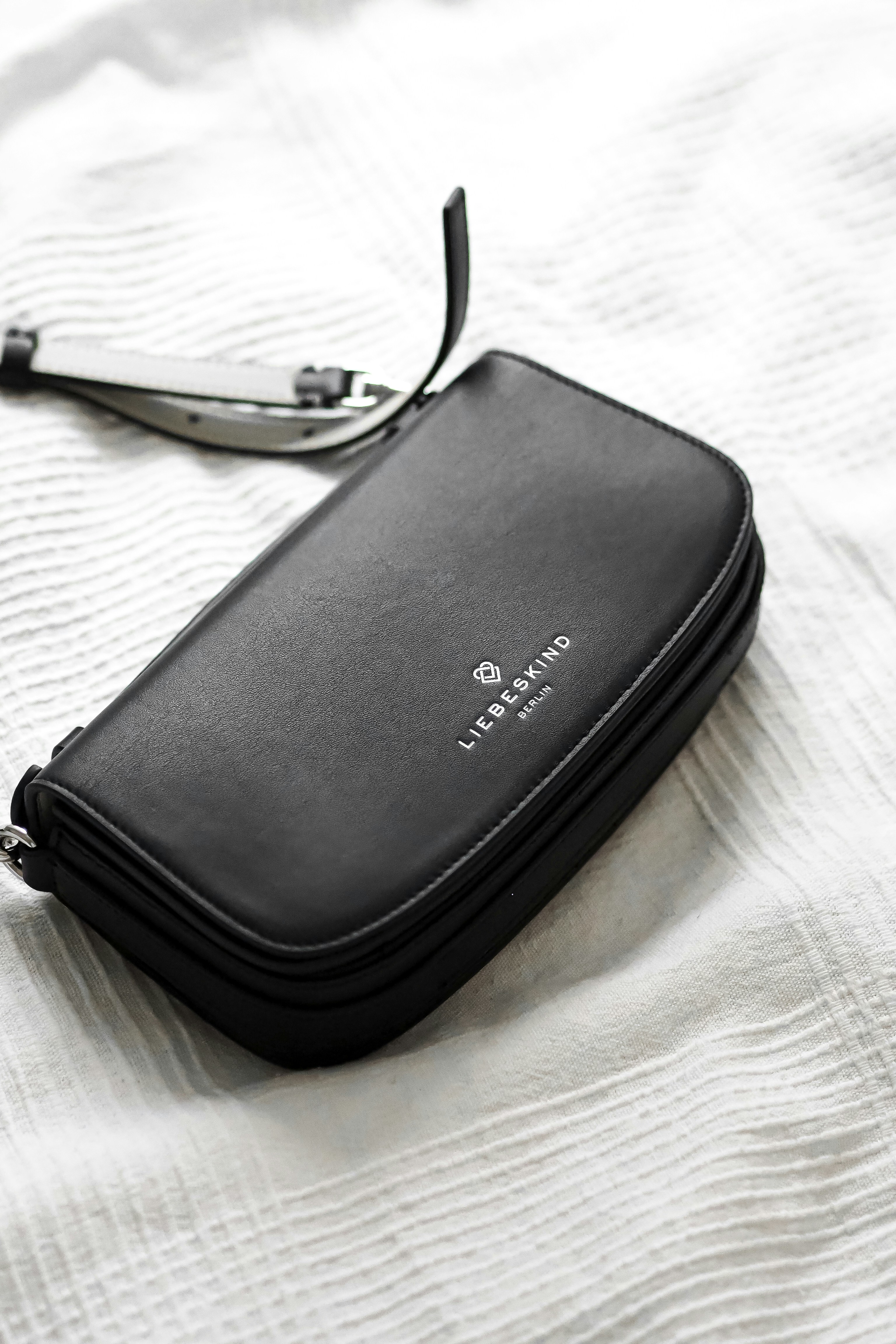Royal Copenhagen, a distinguished name in the realm of porcelain, was founded in 1775, marking the inception of a legacy that would profoundly influence Danish craftsmanship and culture. Established by a group of Danish merchants and potters, Royal Copenhagen emerged in response to an increasing demand for high-quality porcelain, which at the time was predominantly imported from China. The establishment of this porcelain factory not only served to meet local desires but also played a vital role in developing a distinct Danish identity in the art of porcelain making.
One of the significant milestones in the company’s history was the introduction of its iconic blue underglaze decoration, which has become emblematic of Royal Copenhagen’s style. This technique, based on traditional Chinese methods, allowed artists to create intricate, beautiful designs that showcased Danish artistry. Over the years, Royal Copenhagen became synonymous with craftsmanship, merging traditional skills with contemporary design sensibilities, creating pieces that appealed to both local and international markets.
Royal Copenhagen also made substantial contributions to the evolution of porcelain in Denmark. In 1779, the brand received a royal warrant from King Christian VII, which enabled it to be recognized as a purveyor to the Danish court. This royal endorsement not only enhanced its prestige but also established the company as a leader in the Danish porcelain industry. Throughout the 19th century, Royal Copenhagen continued to adapt and innovate, developing new techniques and designs that resonated with changing societal tastes while retaining its commitment to quality.
As the factory evolved, it remained steadfast in its dedication to craftsmanship, producing pieces that reflect the essence of Danish culture. The combination of artistry and practicality allowed Royal Copenhagen to leave an enduring mark on the landscape of porcelain and has guaranteed its status as an emblem of excellence in Danish craftsmanship through the centuries.
The Iconic Blue Fluted Patterns
The blue-fluted design stands as one of the most recognizable signatures of Royal Copenhagen, a renowned name in the realm of Danish porcelain. This iconic pattern, featuring delicate intricate motifs, embodies a rich tapestry of Nordic design influences. Initially introduced in 1775, the blue fluted patterns have evolved while remaining anchored in traditional craftsmanship, showcasing the expertise that has transcended generations.
The motifs commonly found within these patterns are often inspired by nature, reflecting the simplicity and beauty inherent in the Scandinavian aesthetic. Each piece is meticulously hand-painted, with skilled artisans dedicating countless hours to ensure that each brushstroke is perfect. The interplay of delicate blue lines against the pristine white porcelain exemplifies not only artistry but also a profound understanding of balance and harmony in design.
Beyond its aesthetic appeal, the blue fluted plate has garnered a reputation as a timeless symbol of elegance and sophistication in tableware. It is not just a functional item; it is a statement piece that graces dining tables around the world, from casual settings to formal occasions. The pattern’s versatility allows it to complement various dining styles, making it as appropriate for everyday use as it is for special celebrations.
Over the years, the significance of the blue fluted design has only deepened, resonating with collectors and enthusiasts alike. It embodies a legacy of tradition that remains relevant in contemporary settings, ensuring that Royal Copenhagen continues to hold a prominent place in the realm of porcelain artistry. Through its remarkable designs and enduring popularity, the blue fluted pattern has solidified its status as an enduring emblem of Danish porcelain excellence.
The Craftsmanship Behind Royal Copenhagen’s Porcelain
Royal Copenhagen is synonymous with excellence, and this reputation is deeply rooted in the meticulous craftsmanship that defines each piece of porcelain produced. The creation of Royal Copenhagen’s porcelain involves traditional techniques that have been refined over centuries. These methods encompass a detailed process beginning with the selection of high-quality materials, primarily kaolin clay, which is crucial for achieving the brand’s distinctive translucency and durability.
Artisans meticulously prepare the clay, ensuring that it meets the rigorous standards of the brand. Once refined, the clay is molded into various shapes, often drawing inspiration from the brand’s extensive history of craftsmanship. The artisans behind Royal Copenhagen are not only skilled in their craft but also possess a profound understanding of art and design. This unique combination allows them to create exquisite porcelain pieces that reflect both traditional and contemporary aesthetics.
After molding, the pieces undergo a delicate drying process before being bisque fired. This initial firing strengthens the porcelain, making it less prone to damage during subsequent handling and glazing. The intricate glazing process follows, where skilled artisans apply multiple layers of glazes, meticulously designed to enhance the color and shine of the final piece. Each layer is carefully inspected, ensuring that it meets the brand’s stringent quality standards.
Royal Copenhagen also emphasizes sustainability in its crafting process, opting for eco-friendly practices wherever feasible. The brand is committed to reducing waste and using sustainable materials, reflecting a modern approach to traditional craftsmanship. This dedication to quality and sustainability is integral to Royal Copenhagen’s identity, allowing consumers to appreciate not just the beauty but also the ethical considerations behind each piece of porcelain.
Royal Copenhagen Today: A Part of Fiskars Group
Royal Copenhagen, a hallmark of Danish craftsmanship, is firmly established today as a significant entity within the Fiskars Group, a global powerhouse renowned for its design-based portfolio. The integration into Fiskars has not only bolstered Royal Copenhagen’s market presence but has also enabled the brand to leverage innovative strategies while remaining true to its historic roots. This collaboration emphasizes the importance of melding traditional artisan techniques with contemporary manufacturing processes, allowing for the creation of ceramics that speak both to nostalgia and modernity.
The evolution of Royal Copenhagen in the modern market reflects a commitment to innovation. The brand has embraced sustainability by incorporating environmentally responsible materials and practices into its production processes. This shift not only aligns with global consumer demands for sustainable products but also upholds the legacy of quality synonymous with Royal Copenhagen since its inception in 1775. This evolution is evident in recent collections that showcase an affinity for minimalist Scandinavian aesthetics, proving that heritage and innovation can coexist harmoniously.
Furthermore, Royal Copenhagen has successfully expanded its global influence, reaching diverse markets while staying connected to its Danish identity. By navigating the complexities of the contemporary marketplace, the brand continues to attract new generations of consumers who value authenticity. The brand’s strategic collaborations with modern designers bridge the gap between past craftsmanship and future trends, creating pieces that are not only functional but also exemplify a refined artistic sensibility.
As Royal Copenhagen moves forward, it remains committed to honoring its rich heritage. The brand understands that adapting to contemporary design trends while retaining its core values is crucial for its longevity. This approach ensures that Royal Copenhagen will remain a respected name in the world of porcelain, combining the elegance of history with the vibrancy of modern living.

